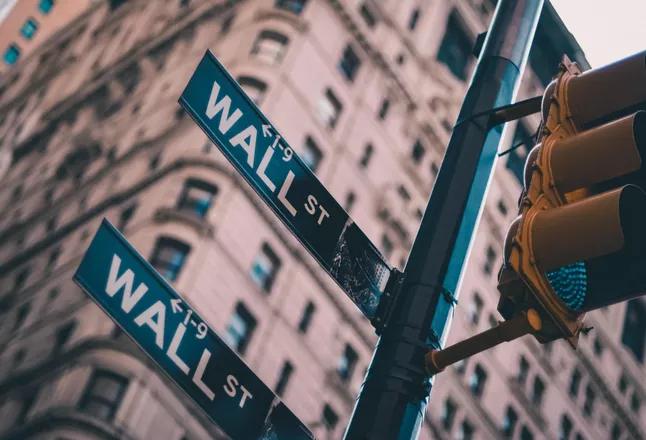The high rate of inflation and the Fed’s plans to raise interest rates could slow the commercial real estate sector’s momentum.
While the U.S. commercial real estate sector continues to perform extremely well, today’s macroeconomic environment has created some new sources of stress for industry investors. For many years, we have lived in a low interest rate environment, which served as a boon for the sector by both making it an attractive, high-yielding alternative to other types of investments and by bringing down the cost of transaction financing. But for the first time since 2018, the Federal Reserve has raised interest rates this spring—during two separate meetings by a total of 75 basis points. And the Fed has warned that, in an effort to curb inflation, it will likely raise rates several more times throughout 2022.
For the most part, market experts don’t anticipate that this move will significantly constrain debt availability, though the cost of borrowing for commercial real estate transactions has gone up a bit since March. That being said, at a time when cap rates on some property types, in particular multifamily and industrial, are extremely low, investors participating in these sectors will have to be careful that these deals will still pencil out in an environment with rising interest rates. Moreover, as our net lease research study (page 32) indicates, commercial real estate lenders may tighten financing terms for property types and borrowers they view as carrying more risk.
While the U.S. commercial real estate sector continues to perform extremely well, today’s macroeconomic environment has created some new sources of stress for industry investors. For many years, we have lived in a low interest rate environment, which served as a boon for the sector by both making it an attractive, high-yielding alternative to other types of investments and by bringing down the cost of transaction financing. But for the first time since 2018, the Federal Reserve has raised interest rates this spring—during two separate meetings by a total of 75 basis points. And the Fed has warned that, in an effort to curb inflation, it will likely raise rates several more times throughout 2022.
For the most part, market experts don’t anticipate that this move will significantly constrain debt availability, though the cost of borrowing for commercial real estate transactions has gone up a bit since March. That being said, at a time when cap rates on some property types, in particular multifamily and industrial, are extremely low, investors participating in these sectors will have to be careful that these deals will still pencil out in an environment with rising interest rates. Moreover, as our net lease research study (page 32) indicates, commercial real estate lenders may tighten financing terms for property types and borrowers they view as carrying more risk.
Meanwhile, the inflation the Federal Reserve is trying to curb could in itself create challenges for certain property types. In April, U.S. consumer prices rose by 8.3 percent, according to the U.S. Department of Labor, and that was considered a “slowdown” from price growth recorded during preceding months. If this continues—and amid the ongoing supply chain challenges and the spike in gas prices stemming from the war in Ukraine, it likely will—U.S. consumers might have to start tightening their belts.
The impacts will likely be felt by retail and restaurant tenants, who have just recovered from the pandemic blow, as discretionary spending and dining out budgets shrink, and they might even curb the growth in multifamily rents in coming month, according to data firm Yardi Matrix. Of course, in view of current double-digit, year-over-year rent growth on U.S. apartment units that would still be far from a disaster. But commercial real estate is on a less certain footing today than it was last year and that’s something investors will have to keep in view going forward.
Source:Original Article






